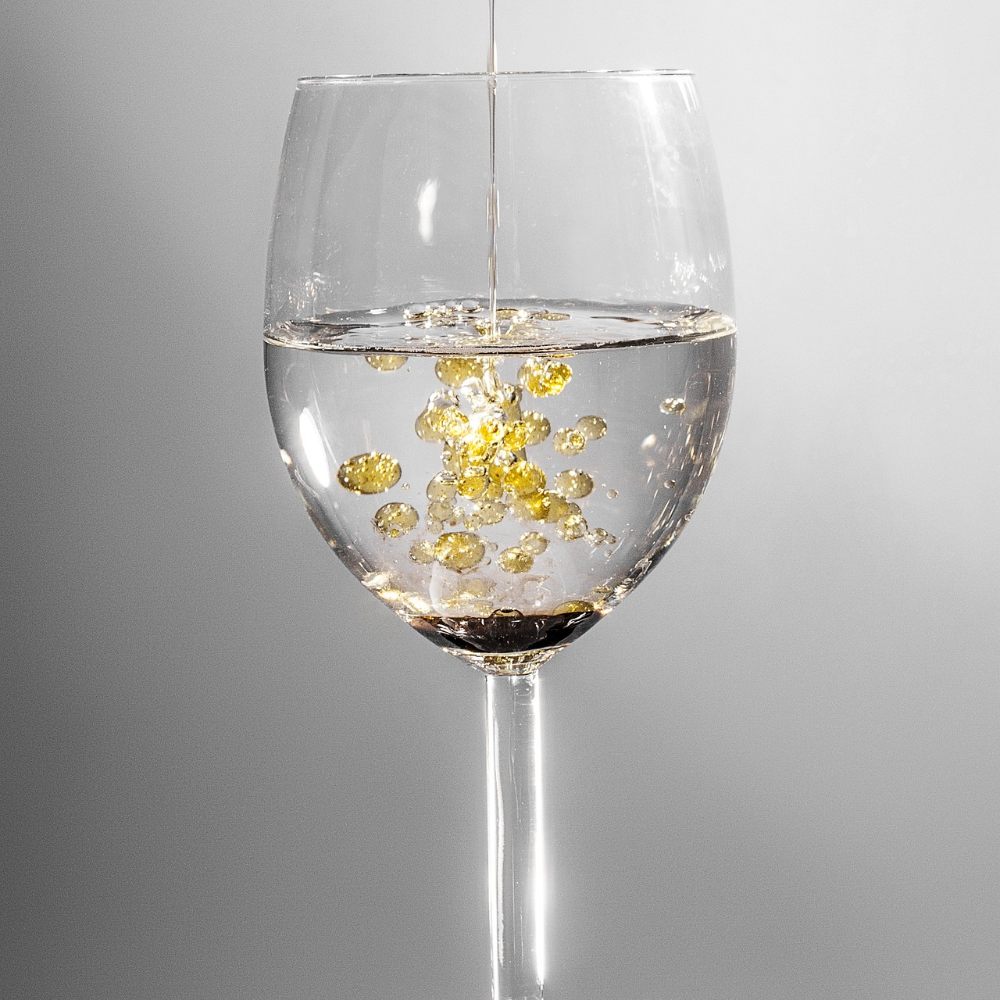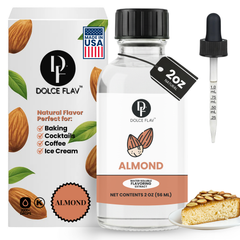

Table of Contents
- What are the applications of flavoring oils?
- What are some mistakes to avoid using flavor oils?
- Top Recipes + Links
- What are the applications of water flavoring drops?
- What are some mistakes to avoid using water flavor drops?
- Top Recipes + Links
What are the applications of flavoring oils?
Flavoring oils are versatile ingredients that can be used in a variety of applications. Here are some of the most common uses of flavoring oils:
-
Cooking: Flavoring oils can be used to add flavor to a variety of dishes, such as marinades, dressings, sauces, soups, stews, and more.
-
Baking: Flavoring oils can be used to add flavor to baked goods, such as cakes, cookies, breads, and pastries.
-
Drinks: Flavoring oils can be used to add flavor to beverages, such as coffee, tea, cocktails, and smoothies.
-
Desserts: Flavoring oils can be used to add flavor to desserts, such as ice cream, frozen yogurt, and puddings.
-
Candies and Confections: Flavoring oils can be used to add flavor to candy and confections, such as hard candy, gummies, and chocolates.
-
Aromatherapy: Flavoring oils can be used in aromatherapy, added to diffusers, candles, and lotions to create a pleasant aroma.
-
Beauty and Personal Care: Some flavoring oils can be used in beauty and personal care products, such as soaps, lotions, and scrubs.
-
Cleaning products: Some flavoring oils can be used as a natural fragrance in cleaning products.
What are some mistakes to avoid using flavoring oils?
When using flavoring oils, there are a few mistakes to avoid in order to ensure that you achieve the desired flavor and texture in your food and drink. Here are a few common mistakes to avoid:
-
Using too much: flavoring oils are highly concentrated, and a little goes a long way. Start with a small amount and add more to taste. Using too much can overpower the other flavors in your dish and make it inedible.
-
Not storing properly: flavoring oils should be stored in a cool, dark place, away from heat and light. Failure to store them properly can cause them to go rancid and lose their flavor.
-
Not checking for compatibility: Some flavoring oils may not be compatible with certain types of products or ingredients. It's important to check the manufacturer's recommendations or consult with a professional to ensure that the flavoring you choose is suitable for your intended use.
-
Not measuring: Not measuring the amount of flavoring oil you are using, can lead to the dish being too strong or too weak in flavor.
-
Using expired flavoring oils: Like most food products, flavoring oils have a shelf life and can lose their potency over time. Be sure to check the expiration date and discard any flavoring that has expired.
By keeping these mistakes in mind, you can ensure that you use flavoring oils correctly and achieve the desired flavor and texture in your food and drink.
Top Recipes using flavor oils:
- Shelf-Stable Gummy Recipe
- Hard Candy Recipe
- 5 Easy Banana Bread Recipes
- 5 Pineapple Dessert Recipes
- Using Flavoring Oils for Cosmetics
- Enhancing your Recipes with Watermelon Flavoring
- Adding Flavoring Oils to Chocolate

What are the applications of water flavoring drops?
Water flavoring drops are specifically formulated to be added to water and other non-alcoholic beverages. Here are some of the most common applications of water flavoring drops:
-
Water: The most obvious and traditional use is to add flavor to plain water, this can make it more enjoyable to drink and help with hydration.
-
Beverages: Water flavoring drops can be added to other non-alcoholic beverages such as iced tea, lemonade, and other flavored drinks.
-
Cooking: Some people use water flavoring drops to add flavor to their cooking, such as marinades or glazes for meats, fish or vegetables.
-
Baking: Some people use water flavoring drops to add flavor to baked goods, such as cakes, cookies and cupcakes.
-
Frozen Treats: You can add water flavoring drops to frozen yogurt, ice cream or popsicles.
-
Yogurt and Oatmeal: Some people like to add water flavoring drops to their yogurt or oatmeal to give it a boost of flavor.
-
Sports Drinks: Some people use water flavoring drops to add flavor to their sports drinks, providing a taste that they enjoy while also hydrating.
What are some mistakes to avoid using water flavoring drops?
When using water flavoring drops, there are a few mistakes to avoid in order to ensure that you achieve the desired flavor and texture in your drink. Here are a few common mistakes to avoid:
-
Using too much: Water flavoring drops are highly concentrated, and a little goes a long way. Start with a small amount and add more to taste. Using too much can overpower the other flavors in your drink and make it inedible.
-
Not storing properly: Water flavoring drops should be stored in a cool, dark place, away from heat and light. Failure to store them properly can cause them to lose their flavor.
-
Not checking for compatibility: Some water flavoring drops may not be compatible with certain types of products or ingredients. It's important to check the manufacturer's recommendations or consult with a professional to ensure that the flavoring you choose is suitable for your intended use.
-
Not measuring: Not measuring the amount of water flavoring drops you are using, can lead to the drink being too strong or too weak in flavor.
-
Using expired flavoring drops: Like most food products, water flavoring drops have a shelf life and can lose their potency over time. Be sure to check the expiration date and discard any flavoring that has expired.
-
Not considering the type of water: Some flavoring drops are not suitable for some types of water, such as hard water or alkaline water. It's important to check if the flavoring drops you are using are suitable for the type of water you are using.
By keeping these mistakes in mind, you can ensure that you use water flavoring drops correctly and achieve the desired flavor and texture in your drink.




